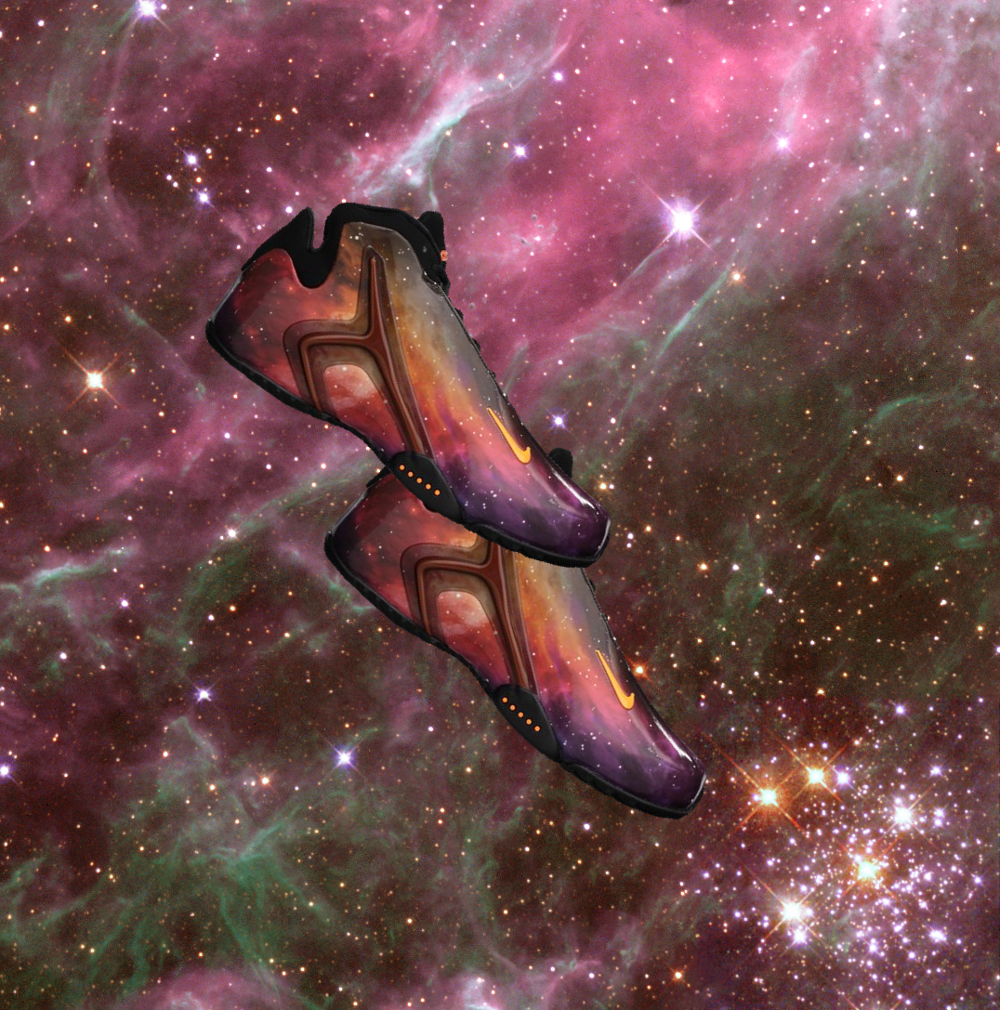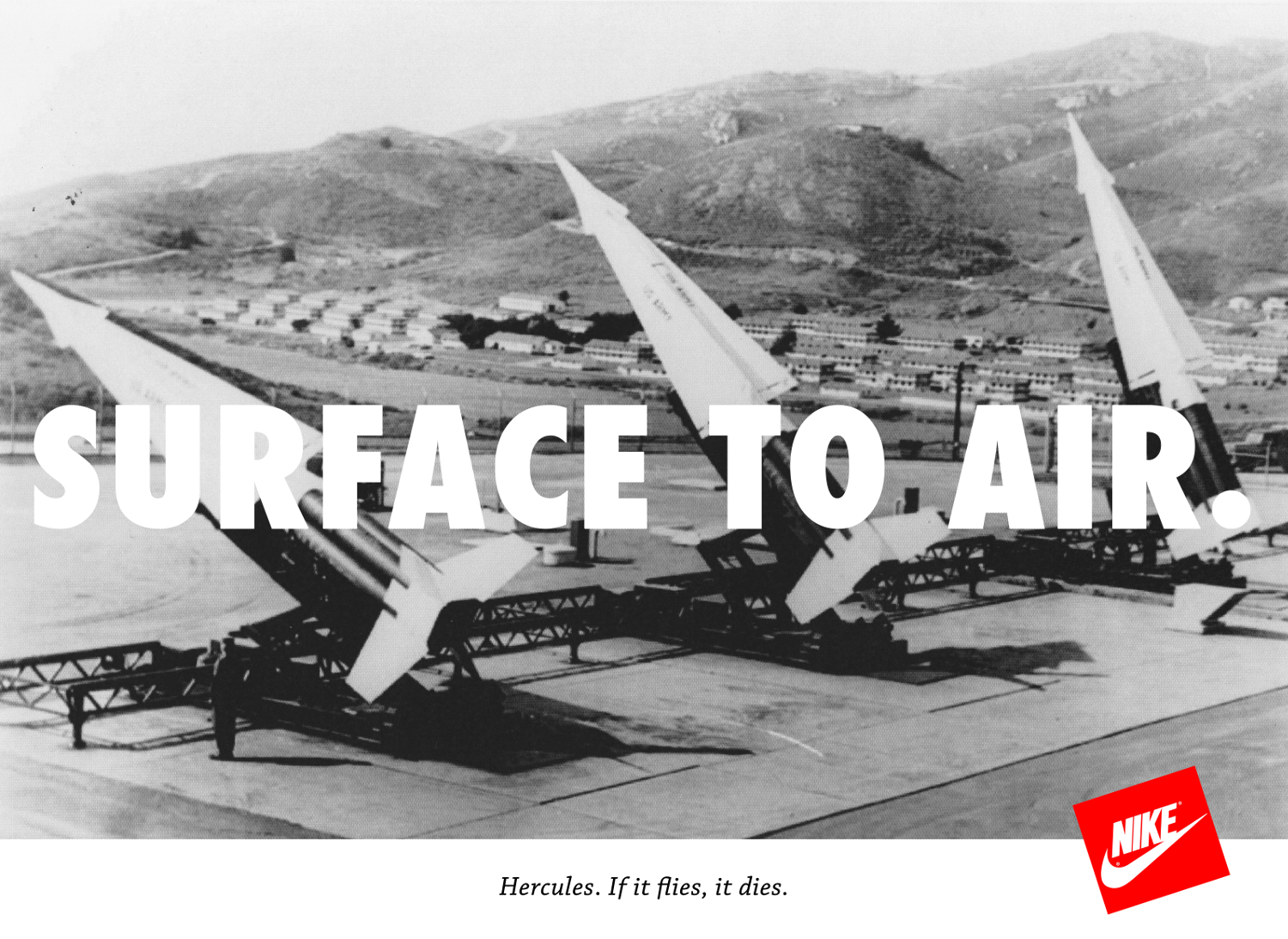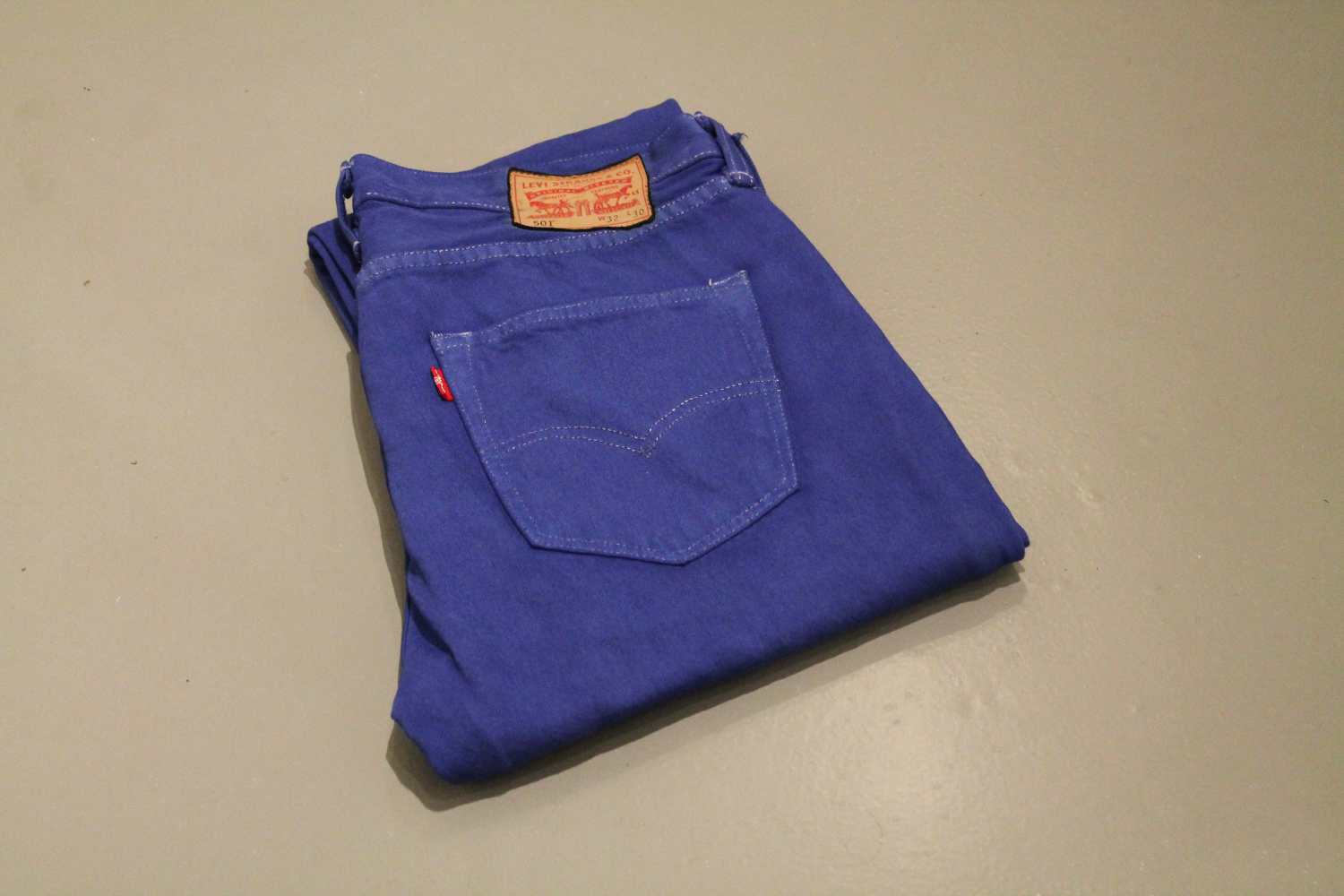Tom Ireland
Interview by Bob Gelsthorpe
Published June 2015
-
Tom Ireland's work investigates certain comparisons between the international space programme and the rise and fall of Modernism. By formulating certain conceptual and aesthetic relationships, Ireland provides questions and signifiers which allude to larger social and political issues.
-

Hyperflight (After Voyager), Digital image across various presentation platforms, 2013
So, first off I was thinking about the biggest dichotomy in your work: Space and Modernism, and if this is an investigative process or more aesthetically driven, or both or neither?
My work involves a certain amount of unpacking - of events, histories, memories, ideas, images, objects etc - so I would say that my practice was underpinned by an investigative impulse and aesthetics are part of that. In terms of aesthetics there are things which I notice, particularly within the parallel trajectories of 20th century aero/astronautics and space exploration and development of visual art language which interest me. I think these things these things exist in a synchronous orbits. The Moon features a lot in my work, but I cannot see the Moon in isolation, I can't divorce it from Rothko, Morris, even Warhol and Koons.
This notion of space and modernism existing as a dichotomous coupling is interesting – i'm not sure as I think of them as such. A dichotomous state exists between space exploration and artistic production and I am interested in the places where that division becomes porous. Developments in the art historical trajectory of the late 19th and early 20th century seem to exist in parallel with the development of space exploration over the same period. Both seem to reach a zenith in the late 1960's, just prior to their mutual collapse in the mid 1970's.
My work is not so much aesthetically driven, in the sense that I want to reach a particular aesthetic end point for each work but driven by an awareness of certain aesthetic qualities which encourage an investigation. This investigation often opens up a number of avenues of enquiry. I'm not necessarily looking to achieve a definitive aesthetic goal.
I don't have a studio or use a sketch book but I do have a notebook in which I note things down and collect things. A couple of years ago I encountered a photograph of Donald Judd and Dan Flavin stood together on a hill at Marfa, Texas and a photograph of two NASA Apollo astronauts stood shirtless in the desert wearing Levi's jean. These independent encounters with the two different photographs resulted in the work 'And You've Felt The Horizon Hav'nt You? (2014) which is a pair of Levi's 501's dyed the colour of the ocean and stonewashed with meteorites. The work exists as a consequence of an investigative impulse driven by aesthetic issues, rather than the desire to achieve something aesthetic. The work is what it needs to be.

Untitled (If It Flies It Dies), 1/6 Posters, Dimensions variable, 2014
Although it's odd to think about master plans or grand ideas, I was wondering, considering the aim of space exploration was exactly that, and that the artists of the 50s/60's (in America anyway) were aiming or spiralling towards a certain 'purity', if you have any thoughts on the idea of a conceptual master plan, or end point, or destination?
I am interested in the concurrent trajectories of the individual narratives of art and space exploration and I think there is a drive towards a certain purity. I like your choice of wording; 'a certain purity', I might use that, it feels like a title I would use. I think that there was a drive towards a shared endpoint in the 60s, albeit an unconscious one.
I'm interested in your wording too; 'conceptual master plan'. This relates to an issue I have been grappling with for some time: the moon landing, and space exploration more broadly, as perceptive and conceptual issues. It is interesting that the accelerated drive for the moon should happen in the same space as Judd's Specific Objects (1965), Morris' Notes on Sculpture (1966) and his discussions surrounding gestalt theory and Lippard's The Dematerialisation of the Art Object, which, being written between 1966 and 1972, mirrors NASA's moon programme Apollo. Mark Rothko's final series of paintings, completed in 1969/70 just prior to his suicide, share an aesthetic bond with the images of the lunar landscape returned by Apollo 11 in 1969. That seems very final. I also think that When Attitudes Become Form, as a title, is the perfect summation of the quest for the moon.
Art and space exploration, specifically the moon landing, in the late 60s are part of a bigger 'end point' issue; the conclusion of the 'modernist' trajectory. These two, distinct arenas, (art and space exploration) which operate in a sort of synchronous orbit reach a point of fulfilment and in the vacuum which follows questions and reflections take the lead. In the late 60's the world lost its cohesion and there is an idea that conceptual art is a response to a wider breakdown in society. The history of 'modern' art, particularly in the west is also the history of the 20th century's greatest traumas; epic and widespread industrialisation, in western societies, and the world wars. Art and space exploration are by-products of those traumas. I certainly think that there is a sort of 'curtain call', or final act in the the late 60s.

Black On Grey_(Magnificent_Desolation_12), 1/6 Digital images sourced from Mark Rothko's Black On Grey paintings (1969/70): The final series of paintings completed before the artist's death, Digital image across various platforms, 2014

Istance and Leaping (Vandal), Nike trainers, meteorites from a 16th Century witnessed fall, 2013
And if you could maybe talk a little about potential, wether as a practical, poetic, abstract or emotive thing, how it feeds into your work. (Im thinking about Distance & Leaping, 2013 + Hyperflight, After Voyager, 2013)
A lot of what I do is alchemical in a way; placing one thing with another to encourage something, so potential does play a part, in a sense that I am in some way in seeking to unlock a potential in a given object, image, idea, etc. Perhaps a more accurate description may be that I am filtering one thing through the lens of another. I think that potential exists in the work to varying degrees, in all of those ways that you suggest. Potential is a good quality and very human.
Distance and Leaping (2013) certainly deals with potential, but I think it deals with the vulnerability of potential too; the work is a pair of basketball trainers with a meteorite placed inside. The shoes are a real fetish item, they're immaculate but they are unwearable. There is nothing more humbling than having stone in your shoe but in this instance the stone is a meteorite, so potential and pathos are crushed into the same space; a pair of size 9s. The leap is not to far from the fall.
In Hyperflight, After Voyager (2013) potential is evident too. I saw these trainers – a pair of LeBron James edition Nike Zoom Hyperflight's – and was immediately drawn to the decision to use the galaxy image on the shoe. I am interested in Nike, not just as a company but a set of ideals and a belief system. Nike has a strong relationship with basketball and through this the idea of 'leaping'. This shoe seemed to embody everything that human potential is about but also seemed fantastically compromised.
I'm really drawn to the idea of the 'leap', and in particular the notion of the 'conceptual leap', which brings me back to the idea of space exploration as a broadly conceptual and perceptual issue – it takes the human creative imagination to image these places in real time/space. I've have an an unrealised project which is simply the words 'GIANT LEAP' employed across a number of presentation platforms.

Yutu (Jeff), Digital image across various presentation platforms, 2014
Would it be fair to argue that the 'conceptual leap' is not a million miles away from 'the proposal', by which I mean the unrealised project, the what if..., the if only etc.
I only bring this suggestion up as not only it empathizes with the wanderlust that space evokes, but your role at supercollider creates successful leaps for others, so I'm thinking about your views on 'the proposal' being on both sides of it?
If this is a totally arbitrary question, please say so, I just wanted to get a sliver of your thoughts on the role supercollider plays in your practice, if any. And vice versa!
I think that there is a relationship between the leap and the proposal but perhaps not in the way that I am interested in within my practice. The proposal's remit is more functional, especially in terms of the relationship between the artist and gallery. I suppose it requires a leap of sorts on the part of the gallery, but the leap is mediated by the proposal itself, which is usually a more didactic piece of writing. I think that my role at Supercollider is functional too; I provide opportunities for artists to make and show work and there is an element of the 'leap' about that for the artists I work with, but the leap is more functional for them too I think – its about facilitation and support and has has less to do with the artwork itself. The leap in the work is where my interest lies.
The role Supercollider plays in my practice is interesting. It pulls me away from my practice, which isn't such a bad thing. This means that ideas have a longer gestation period, so they are vulnerable and malleable for longer. I see lots of under-cooked work out in the world, by artists who do a lot of their growing up in public, if that makes sense. They could benefit from being distracted. A good idea lingers. I think that is the key role Supercollider plays in my practice; it forces me wait.
Supercollider also establishes an appreciation of the economy of the work and how it sits in the world which is important.

And you've felt the horizon haven't you?, Artists custom Levi's 501 jeans; hand-dyed the colour of the ocean and stone washed with meteorites, 2014
-
Tom Ireland lives and works in Blackpool. Recent exhibitions include They Used to Call it the Moon, Baltic Centre for Contemporary Art, Gateshead, TomTom, Model, Liverpool, An Ocean of Storms, Untitled Gallery, Manchester and But it could be a Levi’s advert, Eastside Projects, Birmingham, (as part of Flatfile w/Mathew Parkin)
-
If you like this why not read our interview with Scott Caruth
-
© 2013 - 2018 YAC | Young Artists in Conversation ALL RIGHTS RESERVED
